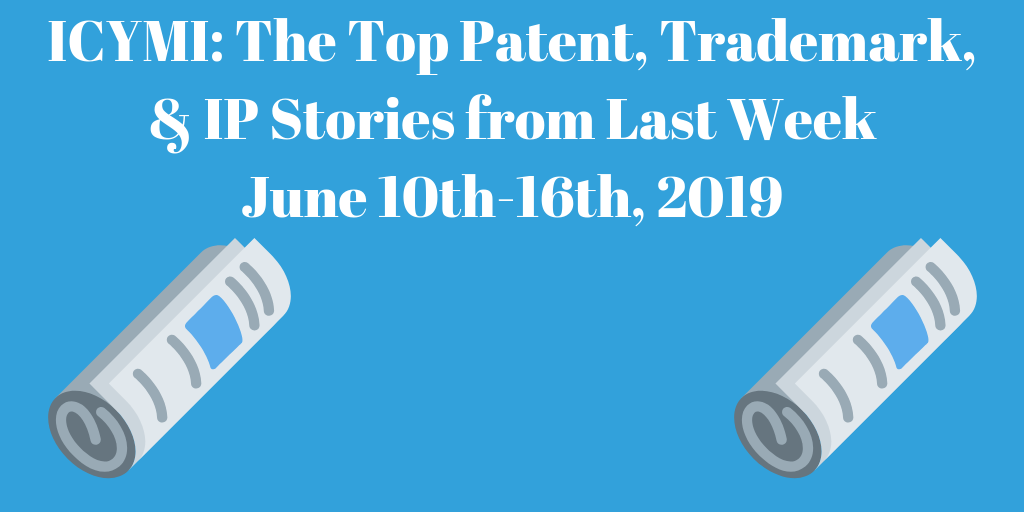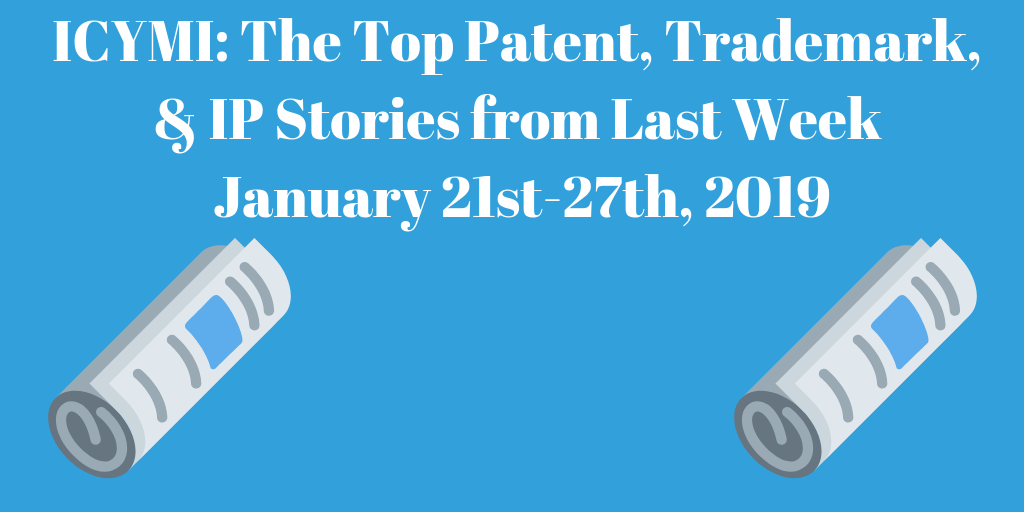Obama Makes the “America Invents Act” Law
The Patent Reform Bill that everybody has been waiting for has been signed into law. President Obama visited Thomas Jefferson High School For Science and Technology in Alexandria, Virginia, and signed the American Invents Act into law.
This bill changes the United States patent system from a “first to invent” system with a “first inventor to file” system. So now the race is on to the patent office.
In addition the new law enables the patent office to retain the necessary funds to employ a staff of patent examiners that can reduce the backlog of patents in the patent office.
Currently close to 1.2 million patent applications are pending in the United States Patent and Trademark Office and 700,000 of those have yet to even been looked at, and there are only about 6,000 patent examiners.
Because of this backlog a patent application can take up to 3 years from the time that it is filed to be approved. It is believed that if the patents were granted sooner the technology could generate more jobs and create more products that can help society in general.
Whether or not granting a patent sooner will translate into jobs and a better America only time will tell. President Obama thinks It will and when he signed the bill into law he said:
“Somewhere in that stack of applications could be the next technological breakthrough, the next miracle drug,” “We should be making it easier and faster to turn new ideas into jobs.”





September 24, 2011 @ 11:03 pm
There are as many as more than 700,000 applications piled up in the USPTO and it usually takes as long as almost 3 years to grant a patent.
But, there are inventors who are individuals and could not afford the high amount of the government fees although there are some discounts or tradeoffs.
These difficulties will get even more huge after the change from the first-to-invent system to the first-to-file system. Because an inventor has to file an application as soon as possible to protect his ideas.
There is a suggestion made attemped to solve this problem. The method discussed as follows may be called as Revoked-but-Not-Terminated(RNT).
If a patent application is filed and the filing fees are paid, it could be revoked but not terminated within the period of its life, say, 20 years from the filing date. If a patent is granted, it could be revoked but not terminated. In turn, the appicant or patentee should give a step back. His intellectual rights are not protected during the period being revoked. Anyone may utilize the invention during that period without paying the roylty fees at any time.
For example, if an inventor has filed an application and paid the filing fees, but he does not find a buyer and does not have an examination until 5 years later from the filing date, then the application is revoked during this period, anyone may utilize the invention freely during those 5 years and do not have to pay anything even after the patent is granted.
If the patent is issued 6 years later from the filing date, and tends to not sell well, the patentee may not pay the maintenance fees. And the patent is roylty free until the patentee paid 7.5 years after grant when he sees the patent tends to sell well.
As a result, many of the applications shall find it out that it is not in a hurry to be examined at all. Thus the patent office will free tension greatly and it will take a much quicker speed to examine the applications really in a hurry.
Also, for one especially an indepent inventor who could not afford the patent fees, he could wait until he has sold out his invention to start an exmaination or afford to ask for a lawyer.